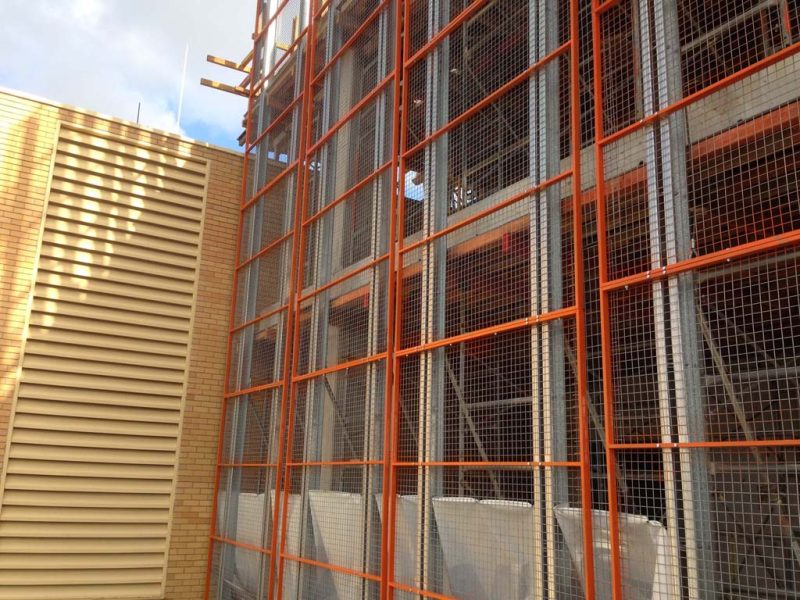Falsework Design by Omniform: Pave the Way for Safer Building Practices
18 January 2024
Secure safer construction projects with proper falsework design by Omniform. Lead the way for safer and more secure building practices. Call us at 03 9466 2226.
Structures of buildings and other properties must be designed and constructed optimally to make sure they remain durable, functional, and appealing for a long time. To secure these goals, contractors must carry out the right processes at every step of their construction. One of these processes is the integration of falsework.
Falsework is an element often overlooked in building projects. It is, however, crucial to the safety and success of such projects as it serves as a temporary support for structures during construction. It is mainly used for bridges, elevated slabs, and other challenging architectural feats.
Falsework Design is Necessary
When crafted by experts like Omniform, falsework design becomes the cornerstone of safer building practices. It ensures not only the stability of the construction process but also the safety of workers and even the longevity of the finished structures.
Now, falsework is often utilised in conjunction with formwork, which is the temporary mould into which concrete is poured. The falsework provides the necessary support to hold the formwork in place until the concrete cures and gains enough strength to stand on its own.
To date, falsework comes in various types. Some of them include vertical falsework, horizontal falsework, cantilever falsework, and shoring systems. Each type is designed to support specific loads and configurations. As for the materials, falsework structures can be made from steel, aluminium, wood, or a combination of these materials. The choice of material depends on load capacity, project specifications, and the duration of support required.
How Falseworks are Designed
At Omniform, we design falseworks with precision planning. Our engineers meticulously analyse the specific requirements of the structure, considering factors like load-bearing capacity, weight distribution, and the overall design of the final construction. Our planning method ensures that the falsework provides robust support, mitigating risks associated with structural failure during construction.
We then choose the right type and material for falseworks. Quality control measures are implemented to ensure that the fabricated falsework components meet the engineering specifications and industry standards. We carry out inspections, testing, and verification of dimensions and weld quality.
Once the individual components are fabricated, they are assembled on-site according to the engineering plans. The assembly process involves connecting the components securely to form the complete falsework structure. Before actual construction begins, engineers may conduct load testing to verify that the falsework can safely support the anticipated loads.
Expectations from Falseworks
Safety is vital in the construction industry. Hence, falsework design by Omniform can help create a secure working environment. Well-designed falsework cuts the risks associated with collapses or accidents, providing a stable platform for workers to execute their tasks with confidence.
Expert falsework design by Omniform also addresses cost efficiency. Precision planning and design reduce the need for extensive modifications or adjustments during the construction process. It not only saves time but also optimises resource utilisation, leading to cost-effective construction practices without compromising on safety standards.

